All about growing Brussels sprouts
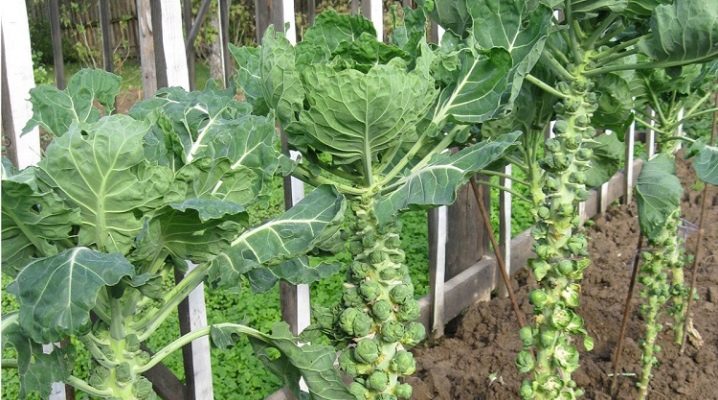
Growing Brussels sprouts is not easy and time-consuming. This vegetable is very demanding to care for, it does not withstand high temperatures, is often attacked by pests and ripens for a long time. Despite the fact that this plant is typical for our natural and climatic zone, nevertheless, not every summer resident can get a good harvest.
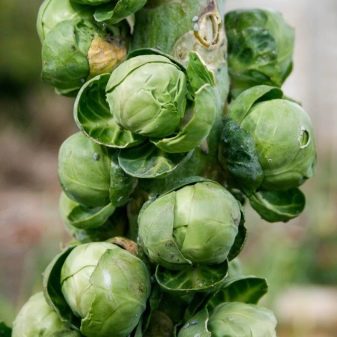

Variety selection
Brussels sprouts are one of the most common varieties of cabbage in the 17th century in Belgium, their ancestors come from the subtropical climate of the Mediterranean.... It was from them that the plant received its thermophilicity. However, the same quality significantly limits the spread of Brussels sprouts in Eastern Europe.
This culture looks rather unusual - thickened stems 80-100 cm high are literally covered with tiny heads of cabbage 3-4 cm in size, their size is comparable to a walnut. Each stem grows from 30 to 100 pieces. Most often, cabbage is green with a lilac tint. Depending on the varietal characteristics., The fruits can be loose or dense.
In total, over a dozen varieties of Brussels sprouts are known, they differ in origin and ripening time. When choosing varieties of Brussels sprouts, you need to take into account their main parameters.
- The ripening period of the culture - even the earliest varieties give a harvest no earlier than 130 days after planting. Moreover, the more east the planting zone, the more reasons to plant early maturing varieties on the site.
- Yield - the most popular variety Hercules gives up to 40 heads of cabbage. However, in recent years, many hybrids have been bred, which are distinguished by a large fruit size and an increase in yield of up to 50%.
- Benefit - all domestic varieties for many years have gone without changing the quality composition. However, the hybrids bred by foreign breeders contain an order of magnitude more minerals, carotene and protein.

According to the method of obtaining seed, all types of cabbage are divided into such.
- Varieties - Plants inherit well all the basic characteristics. They are distinguished by high taste, the heads of cabbage grow strong, but the harvesting period also lasts longer.
- Hybrids - retain varietal characteristics mainly in the first generation, therefore they are marked with the F1 marking. The stalks of such cabbage are lower, and there are more fruits. All heads of cabbage reach readiness at the same time.
Also, cabbage can be white and red. The latter varieties are characterized by a high content of anthocyanins. In the Moscow region and the central part of our country, mainly early and mid-season varieties are grown. Late ones have a long period of growth, their heads of cabbage are tied in the second half of September. That is why such varieties are optimal only for the southern regions, in the north and northwest they do not even have time to form a rosette, let alone ripen.
In the central part of our country and in the Far East, early varieties with a ripening period of 130 to 14 days are most widespread:
- Franklin;
- Long Island.

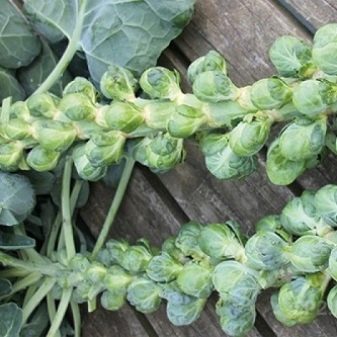
Slightly less often, varieties with an average ripening period of 140 to 160 days are used:
- Garnet bracelet;
- Constellation;
- Rosella.
- Casio;
- Funny company;
- Commander.
Keep in mind that under unfavorable external factors, early maturing varieties will yield a harvest a little later. Usually, when the weather is too hot or, conversely, too cold weather, this period increases by 10-14 days.
In the Kuban and other southern regions, summer residents prefer these varieties:
- Boxer;
- Diamond;
- Winter Sando.
The following varieties ripen from October to February:
- Falstaff - this is a rare variety with a lilac tint, for full ripening it needs light frosts of -2-5 degrees.
- Hills ideal - such cabbage begins to sing in November, and the formation of fruits lasts until February.
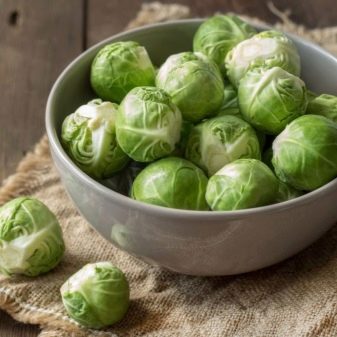
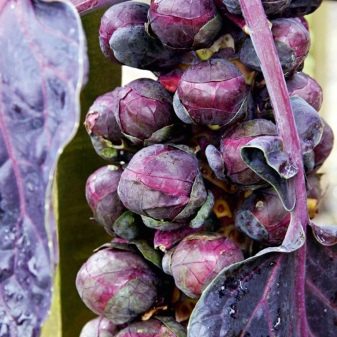
Preparation of planting material
Pre-sowing seed preparation plays a special role in agricultural technology. First you need to cull non-viable seedlings. To do this, they are placed in a salty solution for 10-15 minutes. All the seeds that have emerged are empty, they can be safely thrown away, they will not sprout. With all the rest, processing is carried out, which includes several activities.
- Hardening - the prepared seeds are placed in a thermos with water heated to 40-50 grams, then in cold water for 2-3 minutes. The manipulations are repeated three times. This will improve germination and increase the plant's resistance to temperature fluctuations.
- Activation - to accelerate germination, the seeds are placed in a solution of a growth stimulator. The most effective are Zircon and Epin, potassium humate gives a good result. From folk remedies, experienced gardeners use solutions of honey and succinic acid. After processing, the seeds are washed with running water and kept in the refrigerator for about a day.
- Disinfection - at the final stage, the seeds must be etched in a solution of potassium permanganate or in any biofungicidal composition for about 10-15 minutes. This is important to prevent fungal diseases, to which any cabbage crop is prone.
After this treatment, the seeds are dried to a state of flowability and planted in the ground. If desired, you can soak the seed, in this way you can speed up the emergence of sprouts for a couple of days. To do this, lay the seedlings on cheesecloth, cover on top, sprinkle with water from a spray bottle and leave in a warm place for 4-6 days.
During this time, it is important to ensure that the gauze remains moist. As soon as the seeds hatch, you can move them into the ground.
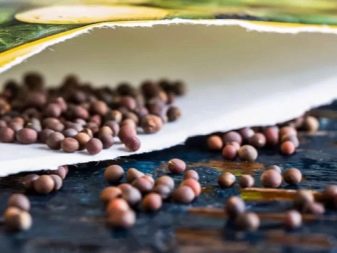
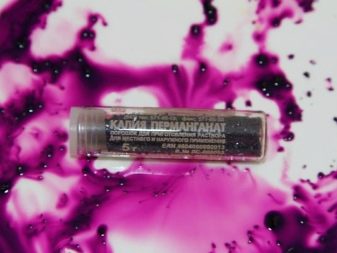
How to grow seedlings?
Most often, Brussels sprouts are grown in seedlings.... In central Russia, planting is carried out in mid-March, in the south, you can sow in two stages - in March, and then in mid-May. In this case, you can harvest the fruit twice.
Important: it is very difficult to grow Brussels sprouts seedlings at home. Young plants need coolness when during the daytime the temperature does not exceed +15 degrees, and at night it drops to + 5-6 degrees. That is why it will be hot at home, and the culture will need additional lighting. At the same time, the basement is unusable, as the cabbage needs a bright light. A balcony or an unheated loggia can be optimal.
It is much easier to grow seedlings in a greenhouse. In favorable conditions, it turns out to be strong and well developed.

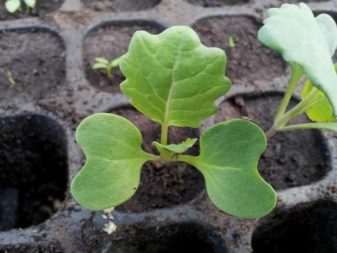
Soil preparation and sowing
To get a strong plant, it is important to choose the right substrate. Best of all, the culture grows and develops in a soil mixture composed of turf, peat and sand, taken in equal proportions. To prevent fungal infections, 10 tablespoons of chopped wood ash should be added for every 10 kg of soil. Important: It is undesirable to use the soil for planting cabbage, in which any representatives of the Cruciferous family were previously grown. This dramatically increases the risk of contracting infections typical of these plants.
For planting seeds, you can use peat cups or containers.The first method is preferable, since when transplanting into open ground, you will not have to release the roots with an earthy clod - you can plant seedlings together with a container, the peat will quickly grind in the ground and create additional feeding. When planting in boxes, you need to maintain a distance of 3-5 cm between the seeds. The seedlings are buried 1.5 cm, thoroughly moistened, covered with spunbon and moved to a cool place with high humidity.

Care
The first two weeks after planting the seeds, watering is limited. It is important to keep the soil moist so that the earthy clod does not dry out, but overflow should also be avoided. Water is used standing, always at room temperature. If you irrigate with cold water, then the activity of root formation will be sharply reduced, and the leaves will receive less moisture. Watering is stopped a week before transplanting into the ground. Top dressing of seedlings is carried out twice. The first time is at the stage of two real leaves. At this point, the drug Kemira-lux gives a good result at the rate of 1-2 g / l. A glass of the prepared solution is enough to fertilize 5 plants.
The second time fertilizer is applied 10-14 days before moving into open ground. At this stage, plants need potassium, nitrogen and phosphorus, so the nutrient mixture is left on the basis of urea, potassium sulfate and superphosphate, taken in a 1: 1: 1 ratio. At the same time, you can spray with a solution of copper sulfate to prevent fungal diseases.
Two weeks before planting in open ground, you need to start hardening. To do this, the plant is taken out to the balcony or veranda starting from 1 hour and gradually increasing the time spent outdoors up to 18-20 hours.


Picking
Seedlings of Brussels sprouts grown in containers should be dived into separate cups at the one-leaf stage. Before transplanting, the ground is watered with a weak solution of potassium permanganate. It is better to plant a sprout with an earthen clod and make sure that the fragile roots do not bend. The central root can be shortened a little - this stimulates the active build-up of the lateral roots. Watering the cut seedlings is necessary after the earth dries up.

Choosing a landing site
Best of all, Brussels sprouts grow and develop on slightly acidic soils with a pH of 5-5.1. This type of cabbage is very picky about soil fertility. Of course, the crop can also bear fruit on depleted soils, but the yield in this case will be very small. Cabbage is photophilous, it is best to choose a site for it that is well lit throughout the day. Even short-term shading is not suitable for this culture. Brussels sprouts love loams with a high concentration of humus. She does not like stagnant moisture, so groundwater should pass no higher than 50 cm from the ground level. If it is impossible to find such a place, it is better to organize a high bed for the plant.
Preparation of the land for planting begins in the fall. At this time, deep digging is performed and fertilizers are applied - manure or compost at the rate of 3-5 buckets per square meter of plantings. Alternatively, plant and food residues can be added, with the exception of cabbage waste. Also, the simultaneous introduction of organic matter and lime (with strong soil acidification) is not recommended. The best precursors for Brussels sprouts are dill, parsley, and lettuce. The crop can be grown after peas, potatoes, cucumbers, as well as onions and garlic.
Any cruciferous - cabbage, turnip, radish, as well as beans, tomatoes and strawberries are undesirable for her.

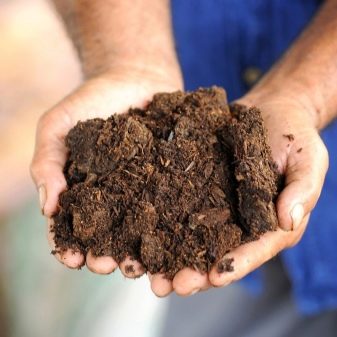
How to plant in open ground?
In open ground, Brussels sprouts are moved for 45-55 days; under favorable weather conditions, you can transplant for 30-35 days. Overgrowth should not be allowed - the seedlings should have 4-6 true leaves, she must look healthy and strong. Sick seedlings are kept for up to 55 days so that they can gain mass.Depending on weather conditions, this period falls on the period from mid-May to mid-June. An hour before transplanting, the soil in the container must be moistened. Planting work is carried out necessarily in cloudy weather or in the evening, after sunset. A step of 50-60 cm is protected between plants, the same pattern is maintained in the aisles.
At the bottom of the planting hole, expanded clay or crushed stone is poured for drainage, a little manure is introduced and a couple of tablespoons of wood ash are added. Experienced gardeners put onion or garlic husks to repel pests, after which they irrigate abundantly to get "slurry". It is in it that seedlings are planted, deepening to the lower leaves. Then the earth is compacted and watered again, spending about 1 liter for each bush. To keep moisture in the ground, the beds are covered with mulch. The first week of planting is tightened with any light-colored covering material. This allows you to protect the plant from ultraviolet rays until they adapt to a new place.
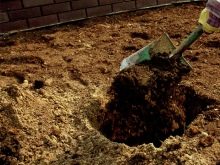

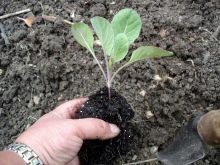
Follow-up care
Taking care of Brussels sprouts is easy. She needs standard procedures - watering, loosening, weeding and fertilizing. In cloudy weather, cabbage is watered twice a week; in rainy weather, it is not watered at all. On hot days, the frequency of irrigation is increased up to 3-4 times a week. At the same time, watering should be abundant, since the roots of this culture go deep into the substrate. Brussels sprouts require fertilization. Throughout the growing season, it needs nitrogen, potassium and phosphorus. Although at the stage of fetal formation, the application of nitrogen-containing dressings is suspended in order to prevent the accumulation of nitrates in the fruits.
Fertilization is done once a week. In the early stages, organic and mineral compositions alternate. A good effect is given by foliar spraying with Aminazin Is a preparation based on amino acids that stimulate active growth of the culture. From organics, an infusion of bird droppings or mullein is used. In the first case, 500 g of the component is taken in a bucket of water, in the second - 1 kg. You can also use humates in (10 ml / bucket of water) or herbal infusion (2 kg per 10 l). As mineral dressings, they take ready-made complexes, for example, Agricola. The nutrient mixture can be prepared with your own hand based on urea, ash infusion and ammonium sulfate.
Closer to autumn, the structure of dressings is changed. At this time, there should be three minerals for one organic. In addition, in fertilizers, the dose of potassium is sharply increased - for this, ash or potassium sulfate is added to it. To accelerate the formation of heads of cabbage, ammonium molybdate is added to each top dressing at the tip of a knife. At the stage of fruit formation, organics are completely excluded, leaving only minerals. The land must be constantly loosened, as cabbage requires a well-drained and aerated soil. In this case, hilling should not be done, this can lead to rotting of the lower part of the stem. In the first decade of August, the tops should be shortened by 3-4 cm. This will limit the growth of the plant and allow you to channel energy into the formation of heads of cabbage.
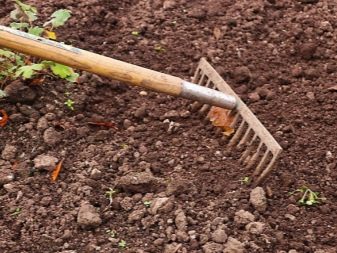
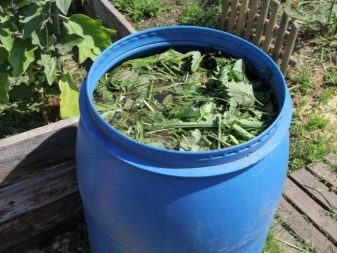
Diseases and pests
Unlike all other types of cabbage, Brussels sprouts rarely suffer from keel. However, other infections often affect her.
- Rot - affects the lower part of the stem, occurs when the plant is hilling. It is treated with copper-containing agents.
- Fomoz - manifests itself in the appearance of brown spots with black dots on the leaves. In the early stages of the lesion, treatment with Trichodermin gives a good result.
Pests can also cause great harm. Cruciferous flea - covering the beds with a non-woven cloth helps to protect against it. The flea cannot get through it and does not harm the lower leaves.
Cabbage whitewash - during the summer of this pest, the plot is covered with lutrasil for a day. The insect does not fly at night, so the shelter is removed.
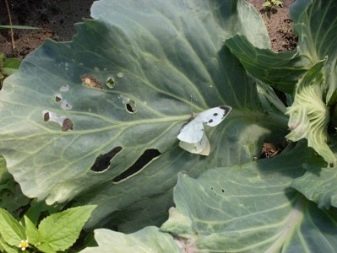
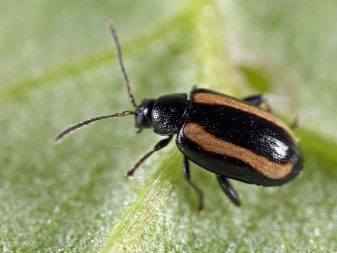
Harvesting and storage
Brussels sprouts are harvested as the fruits form. In Siberia, these works begin in mid-September and continue until the onset of stable cold weather. In the south, fruits are harvested in mid-August. The peculiarity of this culture is that the ripening of the fruits is uneven. Therefore, the harvest is carried out as the heads of cabbage ripen. First of all, the lower ones are collected, then the central ones and the very last ones - the apical ones. In this case, the fruits must be cut off near the stem, otherwise the cabbage will crumble into leaves.
You can remove the whole cabbage by cutting off the stem near the ground. Then the heads of cabbage are removed during storage as needed.
Cabbage is stored in cellars in wooden boxes or hung. When hanging from the plant, all the leaves are cut off, except for the topmost ones. If the humidity in the room is below 85%, then the cabbage should be loosely wrapped with plastic wrap, as condensation appears, the shelter is changed. When placed in boxes, cabbage must be removed from the stem and placed close to each other in dense rows. It is advisable to shift the rows with sand or sawdust. The top of the containers is loosely covered with cardboard. It is not worth covering them with a film, since in this case the crop will be affected by rot. In this form, cabbage retains its taste characteristics for up to 3-4 months.
At home, cabbage is most often frozen for the winter - this will preserve the fruits until the next harvest. A little life hack: Before freezing, it is advisable to mark the cabbage in a salted solution for a quarter of an hour. If insects have settled inside, they will certainly float up. Brussels sprouts are a treasure trove of vitamins, proteins and minerals. It is distinguished by a delicate taste, so it is in demand as part of dietary diets. In this case, the plant can be used to prepare the first, second courses, as well as snacks.
Subject to all the rules of agricultural technology, you can grow this useful crop in your garden.
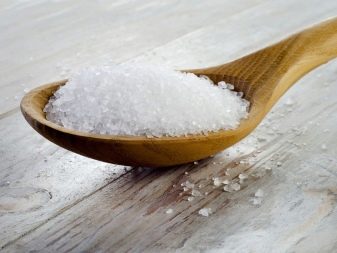














The comment was sent successfully.